Mastering the Art of Nailing: An In-Depth Guide to Brad Nailers and Finish Nailers by MeiteUSA
June 21 2023 – Meite USA

Nailing It Right: A Comprehensive Guide to Brad Nailers and Finish Nailers by MeiteUSA
Brad Nailers vs. Finish Nailers: An In-depth Exploration
Selecting the appropriate nailer for your project can seem daunting due to the extensive array of nailers available on the market. However, discerning the differences between a brad nailer and a finish nailer can significantly simplify your decision-making process.
A Detailed Examination of Brad Nailers
Brad nailers, which utilize 18-gauge nails (also known as brads), are ideal for fastening lightweight materials. Their slender profile and small head make them excellent for tasks that don't necessitate high fastening strength, such as installing trim or paneling. Nevertheless, their outdoor use might be restricted due to the potential for loosening over time caused by weather-induced material expansion and contraction.
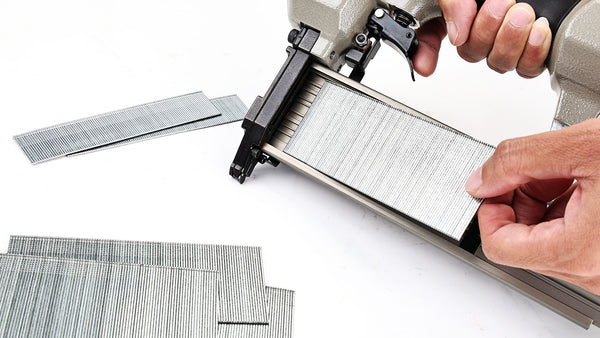
Brad nailers come in two main types: pneumatic and battery-powered. While battery-powered brad nailers offer the convenience of portability, it's the pneumatic tools that shine with their lighter weight and cost-effectiveness, making them a more advantageous choice for many users.
Deciphering Finish Nailers
In contrast, finish nailers employ slightly thicker 15 or 16-gauge nails, making them appropriate for more demanding applications. Their larger size enables them to secure thicker materials, such as baseboards or trim around doors and windows. However, the larger hole they leave often necessitates filling before painting.
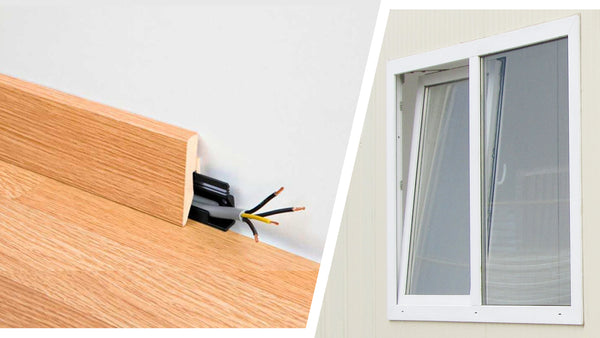
Similar to brad nailers, finish nailers are also available in pneumatic and battery-powered versions. Although battery-powered models use an onboard air cylinder that repressurizes after each nail is fired, attempting to mimic the performance of traditional pneumatic nailers, the pneumatic variants still often provide superior performance and reliability.
Brad Nailers vs. Finish Nailers: A Comparative Study
The choice between a brad nailer and a finish nailer depends on your project's specific needs. For more delicate work, a brad nailer might be preferable, while a finish nailer would be more apt for tasks requiring more holding power.
Key Distinctions
Brad nailers excel at small trimming and molding jobs due to their capacity to not split thin wood and leave small holes. Conversely, finish nailers can handle thicker wood and add more robustness to your projects. However, their larger nails can potentially split wood, and the holes they leave behind need filling before painting.
Nail Size and Material
Brad nailers use 18-gauge nails, or brads, that are ½" to 2" long. In contrast, finish nailers utilize 15 or 16-gauge nails that are 1" to 3½" long.
Project Suitability
| Brad Nailers | Finish Nailers |
|---|---|
| Interior projects involving: - Thin door trim - Quarter round molding - Paneling - Beadboard - Toe kicks - Small woodworking projects - Picture frames - Temporary wood holding |
Both interior and exterior projects, including: - Window and door casings - Window and door trim - Chair railings - Planter boxes - Baseboards - Hardwood flooring - Cabinetry assembly and installation - Crown molding |
Shared Features and Functions
Despite their differences, brad nailers and finish nailers share many similarities. Both are user-friendly and ideal for both novices and professionals. They also share many features, such as a trigger, safety feature, depth control, magazine, tip or nose, and jam ports.
Choosing the Right Nailer
When deciding between a brad nailer and a finish nailer, consider the type of project, nail size, required depth, and your budget. Both types of nailers can simplify your woodworking projects, and you might find a reason to have both in your toolkit!

Frequently Asked Questions
Brad nailers can't replace finish nailers due to their limited size and depth. They are not suitable for heavy-duty projects or most exterior projects. Using a finish nailer for delicate woodworking jobs can result in split wood and ruined trim pieces. Brad nailers use 18-gauge nails, while finish nailers use 15 or 16-gauge nails. Whether you need both a brad nailer and a finish nailer depends on the type and volume of projects you have.
The User Experience: Brad Nailers vs. Finish Nailers
When it comes to the user experience, both brad nailers and finish nailers offer a unique set of advantages and challenges. Understanding these can help you optimize your tool usage.
The Brad Nailer Experience
Brad nailers are renowned for their precision and ease of use. Their lightweight design makes them easy to handle, even for extended periods. This is particularly beneficial for projects that require a lot of nailing, such as installing delicate trim or paneling.
One of the standout features of brad nailers is their ability to leave a minimal trace. The small hole left by the brad nail requires little to no filling, saving you time and effort in the finishing stages of your project.
However, brad nailers do have their limitations. Their thin nails are not suitable for heavy-duty tasks or outdoor use, where the nails may loosen over time due to weather conditions.
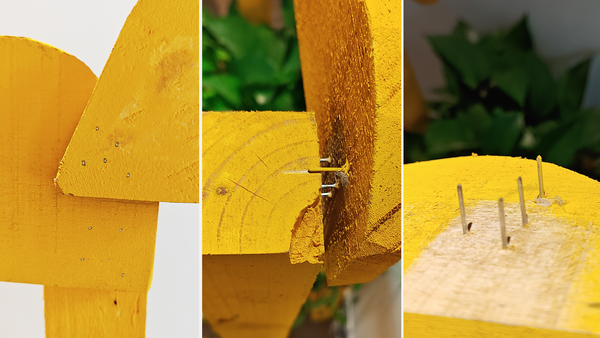
The Finish Nailer Experience
Finish nailers, on the other hand, offer a more robust solution for your nailing needs. Their ability to handle thicker nails makes them ideal for heavy-duty tasks and outdoor projects.
Despite their strength, finish nailers are surprisingly easy to use. Most models come with an adjustable depth setting, allowing you to control the depth of the nail based on the material you're working with.
However, the larger nails used by finish nailers leave a larger hole, which will need filling before painting. Also, the thicker nails have a higher chance of splitting thin pieces of wood or trim.
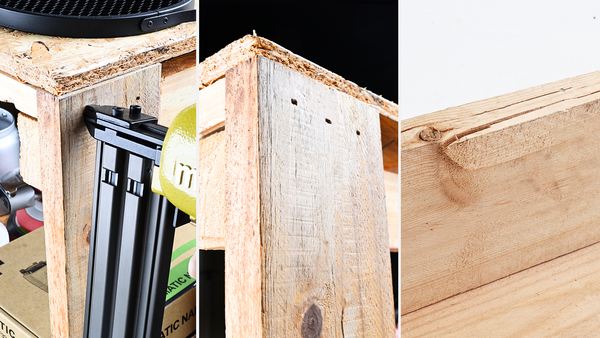
Safety Considerations
When using any power tool, safety should always be your top priority. Both brad nailers and finish nailers come with safety features to prevent accidents. Most models have a safety nose that must be depressed against the material before the gun will fire. This feature prevents accidental firing when the tool is not in use.
Regardless of these safety features, it's vital to always wear appropriate personal protective equipment (PPE) when using these tools. This includes safety glasses to shield your eyes from flying debris and ear protection to safeguard against the noise produced by the tool.
Maintenance and Care
Proper maintenance and care are vital for the longevity and performance of your nailer, whether it's a brad nailer or a finish nailer. Regularly clean your tool and keep it free from dust and debris. Lubricate moving parts as per the manufacturer's instructions to ensure smooth operation. Always use the correct size and type of nails for your tool to prevent jamming and other operational issues.
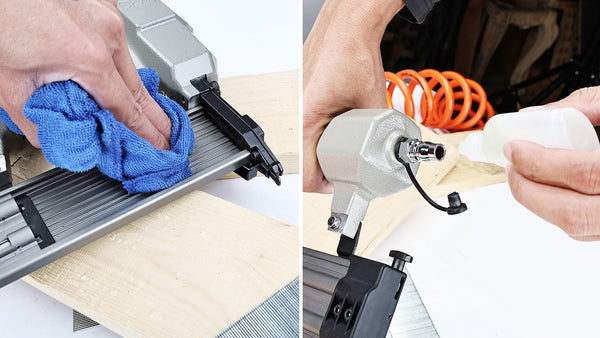
Conclusion
Brad nailers and finish nailers, while similar in many respects, serve different purposes in your tool arsenal. By understanding their differences and unique features, you can select the right tool for your project and ensure a smooth, efficient, and safe working experience. Remember, the right tool can make a significant difference in the quality and efficiency of your work. So, choose wisely!

0 comments